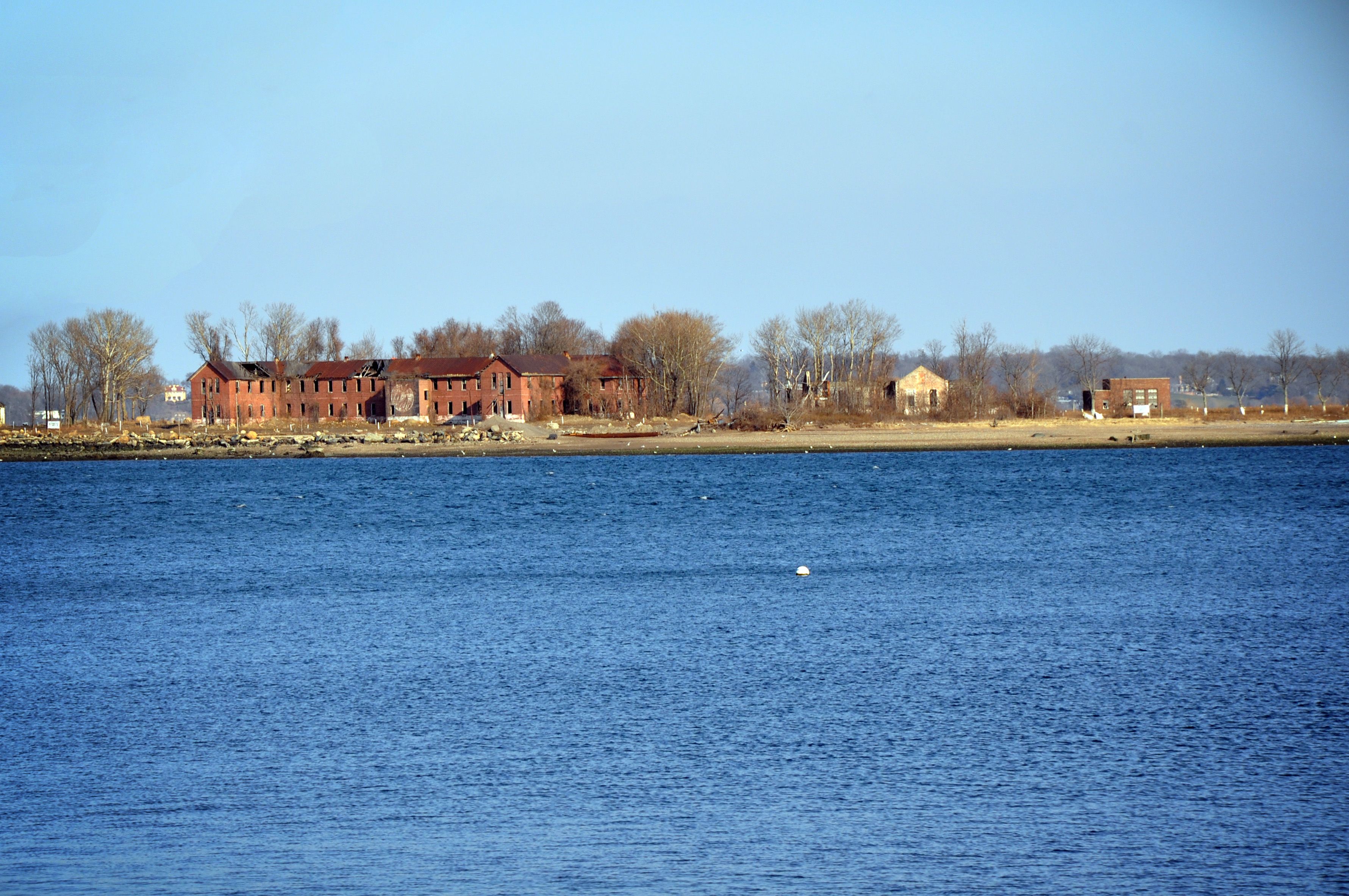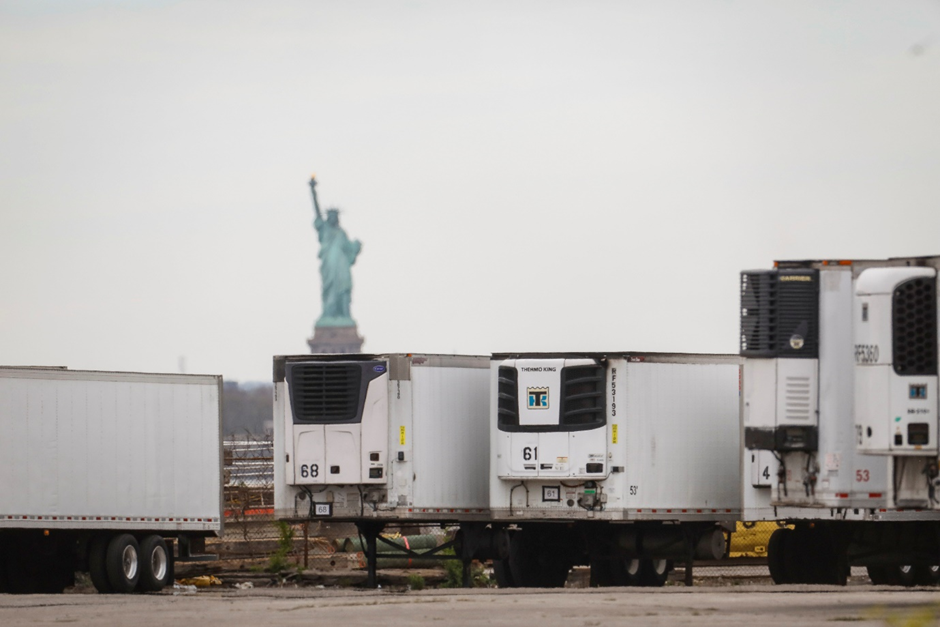Last call: how different cultures deal with death

There were almost 70 million deaths around the world in 2021. Most of these would have had some kind of funeral (depending on cultural norms) and a memorialisation of type.
But what happens to those whose identity is not known when they die? Or the deceased's next-of-kin could not afford the spiralling funeral costs?
Hart Island, the largest public cemetery in the US and located in the northeastern section of the Bronx, New York City, is the final resting place of more than one million people who have died in New York City since 1869.
A desolate place, completely uninhabited apart from the odd sea-faring bird and wildlife, the island has had many uses including a quarantine station, a psychiatric hospital, a tuberculosis ward, a reform school, a homeless shelter, a rehabilitation facility, a military base, and a jail.
“Hart Island's always been a place for things that were a bit inconvenient”, says social anthropologist Sally Raudon. Raudon, an ESRC Postdoctoral Fellow at St John’s College, Cambridge, found herself in New York during the pandemic while on her PhD fieldwork. Her main interest of study is how exploring what happens to the dead in New York City, especially to those who can't afford a funeral and how different cultures handle death.


“In most cultures there are rules about how to care for the dead”, says Raudon. “And there's an understanding of the right thing to do to care for the dead to both help them into whatever comes next, whether that's an afterlife or reincarnation or a secure place in memory.”


Images of Hart Island shocked the public during the pandemic. “Mass burials, mass graves are part of human culture, but they're highly unusual. And when they happen, they're usually a sign of social disorder”, says Raudon.
“Most New Yorkers hadn't even heard of it [Hart Island] until then,” said Sally. “When the international coverage started, and the island became very busy with Covid victims, a lot of people were really shocked.”
Over 1,000 COVID-19 victims were buried on Hart Island, but the coronavirus pandemic is not the only one to be reflected in the cemetery.
New York City was affected by the HIV/AIDS epidemic of the 1980s more than any other U.S. city. Hart Island is probably the biggest HIV/AIDS cemetery in the US with thousands of individuals who died of AIDS-related illness buried there, according to the NYC Parks Department.
There are 31 individual graves at the tip of the island, including the first child known to have died of AIDS, which belong to the people of New York City who died of HIV/AIDS in 1985-86. They are fourteen feet deep and the inmates from Rikers Island jail, who at the time were providing grave digging services, wore protective jumpsuits that were disposed of after each burial.
“This was to do with the stigma of the disease, and misplaced fear of the disease being transmitted by bodies after death,” says Raudon. “So, it's really interesting that this kind of special care to isolate people that had died of AIDS took place here.”
Raudon is speaking at this year’s Cambridge Festival and will be taking us on a tour around the world to the many different cultures where we will find out - where is it normal to dig up and rebury a body? Keep the body at home for months, feeding and caring for it? Offer it to birds of prey?
Even in the UK, our options are not limited to cremation or burial: we can be buried at sea, turned into a tattoo, or fireworks, or give ourselves back to the earth in a woodland burial.
Despite this fascinating variation, what these different rituals have in common is that there is a *right* way to do the work of mourning in that society and show the dead care and respect. “To care for the dead is a profoundly human thing to do”.
Sally Raudon’s talk, Last call: how different cultures deal with death, will take place on 28 March at 6pm at the Old Divinity School, St John’s College, Cambridge.
This article was originally written for Matter, the Cambridge Festival newspaper.


